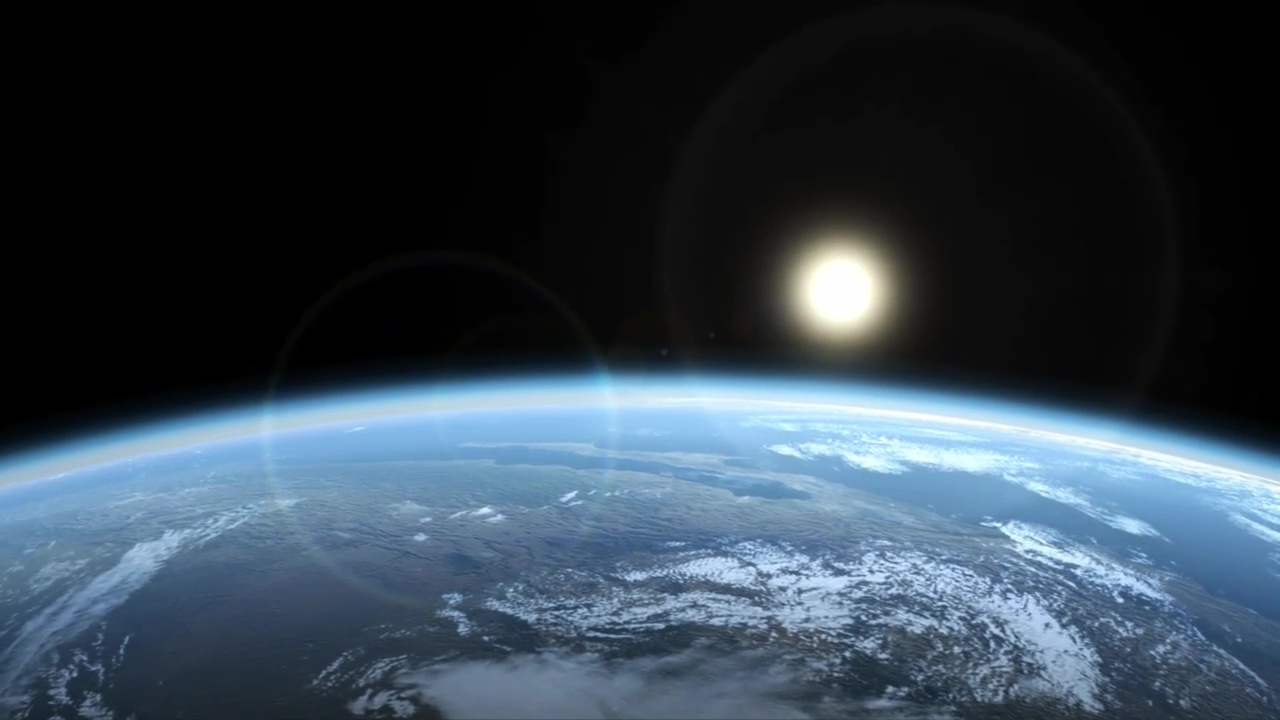The Earth moves more slowly at the point farthest from the Sun.

Santa Cruz de Tenerife (EFE). – On July 5, the Earth will move more slowly than the rest of the year, since it will be at aphelion, or the furthest point of its orbit around the Sun, recalled this Thursday Alfred Rosenberg, from the Institute of Astrophysics of the Canary Islands (IAC).
The Earth passes through aphelion every year, which is obvious, points out Alfred Rosenberg, who adds in a press release that to complete an orbit of about 940 million kilometers, the planet passes at an average speed of about 30 kilometers per second.
The Earth’s orbit around the Sun is not circular, so sometimes it moves slower and sometimes slower, and once a year, on January 3 in the case of 2023, it is at perihelion or minimum distance, about 147 million kilometers, and on Friday the distance between the planet and the Sun will be about 152 million kilometers.
Alfred Rosenberg explains that Kepler’s second law states that the Earth will move slower when you are farther from the Sun and faster when it is closer.
And he adds that the speeds can be determined at both extreme points of the orbit, so next Friday the Earth will be moving at a speed of just over 29 km/s, which is 1 km/s less than what it was moving at on January 3.
To compare this distance, he stated that it would be equivalent to covering the distance between Madrid and Barcelona (or the distance between Graciosa and El Hierro, about 500 km in both cases) in 17 seconds.
It takes half a second longer to cover this distance at aphelion than at perihelion, and he notes that a curious effect of this difference in speed is that summer in the northern hemisphere lasts about 5 days longer than winter.

Based on this data, Alfred Rosenberg says it can be concluded that the Earth’s orbit is quite close to a circle, adding that in the case of a more extreme planet like Mercury, it suffers from a much more noticeable variation: aphelion at 70 million kilometers, to perihelion at 46 million kilometers.
From the surface, the apparent size of the Sun varies from four times larger than that seen from Earth to almost ten times larger, and the speed of movement around the Sun from almost 40 km/s at aphelion to almost 60 km/s at perihelion, – notes the MAK distributor.
Alfred Rosenberg points out that there are two important factors in determining the seasons on a planet: the distance to the star and the tilt of the planet’s axis of rotation.
In the case of Mercury, its tilt is zero, so it is its distance from the Sun that will largely determine the temperature on its surface. But on Earth, tilted at 23.5 degrees, it is its tilt that is the main factor in determining the seasons, not its distance from the Sun.
This is why the seasons in both hemispheres change places, and the summer solstice on Earth coincides with the winter solstice in the southern hemisphere (and vice versa).
Alfred Rosenberg comments that one might think that the seasons in the southern hemisphere would be more extreme than in the northern, since the minimum distance to the Sun coincides with its summer season, but “this is not the case.”
It stresses that meteorology and climate are much more complex and factors such as the amount of land or ocean in each hemisphere need to be taken into account, with the land area in the northern hemisphere being about twice that of the southern, leading to further warming.
During aphelion, regions between 20 and 25 degrees north latitude will receive the sun’s rays completely (close to vertical), which will contribute to maximum heating of these territories. EFE
